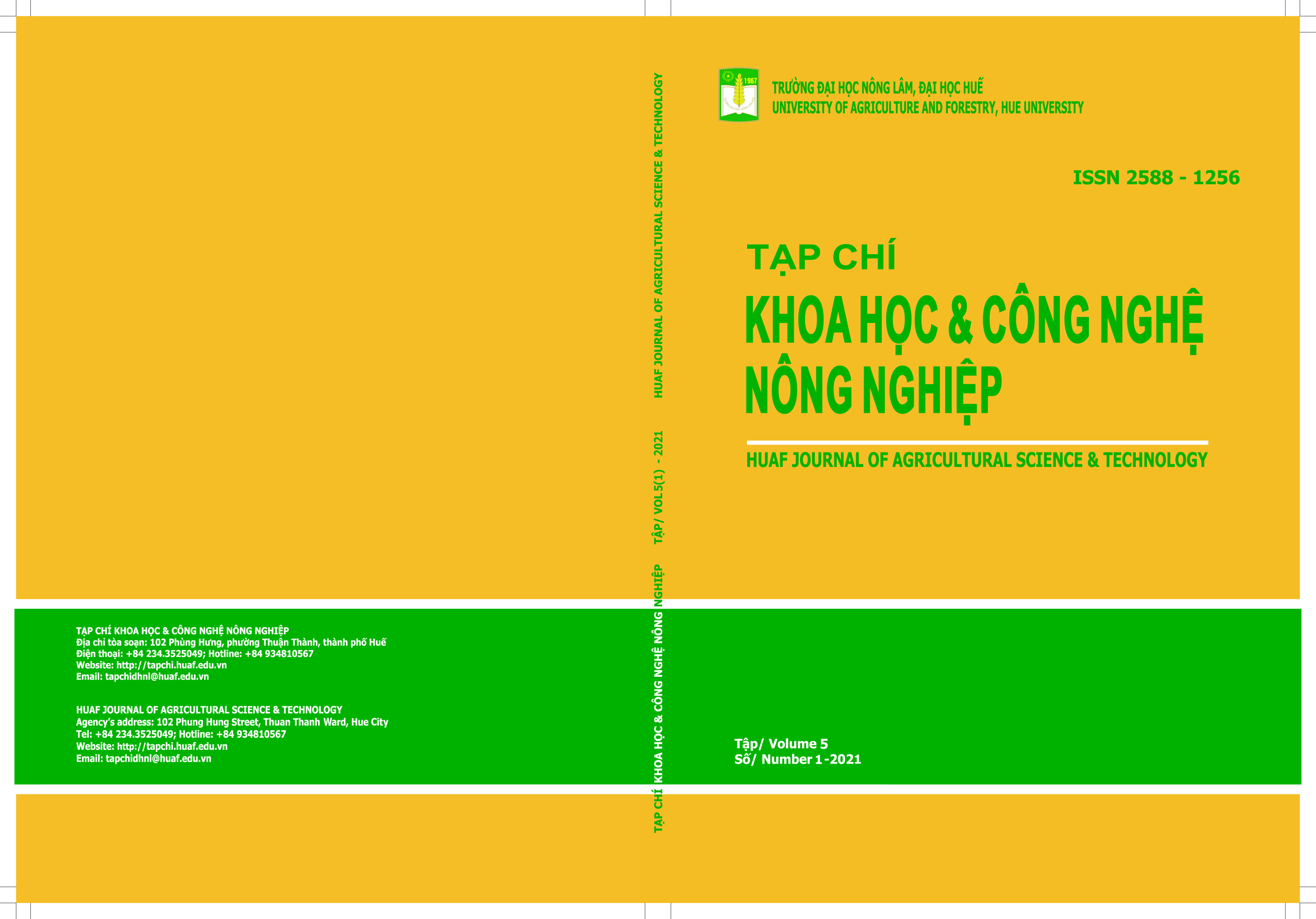##plugins.themes.huaf_theme.article.main##
Tóm tắt
Phương pháp tăng cường khả năng chịu uốn của kết cấu sàn bê tông cốt thép sử dụng vật liệu tấm sợi FRP (Fiber Reinforced Polymer) dán ngoài đã trở nên phổ biến, vì những ưu điểm của chúng mang lại như cường độ chịu kéo cao, trọng lượng nhẹ, cách điện, cách nhiệt tốt, bền theo thời gian. Bài báo trình bày quy trình thiết kế tăng cường khả năng chịu uốn của sàn bê tông cốt thép gia cường bằng tấm sợi FRP dán ngoài để đảm bảo yêu cầu khai thác và khảo sát hiệu quả tăng cường tương ứng với các cấp cường độ chịu nén của bê tông theo hướng dẫn ACI 440.2R-17. Kết quả tính toán theo trình tự đề nghị giúp chọn và kiểm tra được diện tích tấm FRP tăng cường cần thiết. Ngoài ra, kết quả tính toán chỉ ra rằng mức độ tăng cường khả năng chịu uốn của sàn tỷ lệ thuận với cường độ chịu nén của bê tông, tương ứng với cường độ bê tông tăng từ 11,5 MPa đến 19,5 MPa, sức kháng uốn tính toán tăng từ 91% đến 144%. Đồng thời, kết quả cũng cho thấy rằng sự phá hoại của sàn bê tông cốt thép xảy ra do mất dính bám giữa lớp FRP gia cường khỏi bề mặt cấu kiện là chủ yếu.
ABSTRACT
The method of the flexural strengthening of reinforced concrete slabs using the externally bonded FRP (fiber reinforced polymer) laminates has become popular because of their advantages as high tensile strength, large modulus of elasticity, lightweight, high abrasion resistance, electrical insulation, good heat resistance and durable over the time. The paper presented the design procedure for the flexural strengthening of reinforced concrete slabs with FRP laminates to ensure the mining requirements and investigation of the reinforcement efficiency corresponding to the compressive strength levels of concrete based on ACI 440.2R-17. Calculation results in the suggested sequence helped select and check the required reinforcement FRP areas. In addition, the calculation results showed that the degree of increased flexural strengthening of the slabs was proportional to the compressive strength of the concrete, corresponding to the concrete strength increased from 11,5 MPa to 19,5 MPa, flexural strengthening increases from 91% to 144%. Moreover, the damage to the reinforced concrete slabs was caused by the debonding between the FRP and the surface of the structures.
